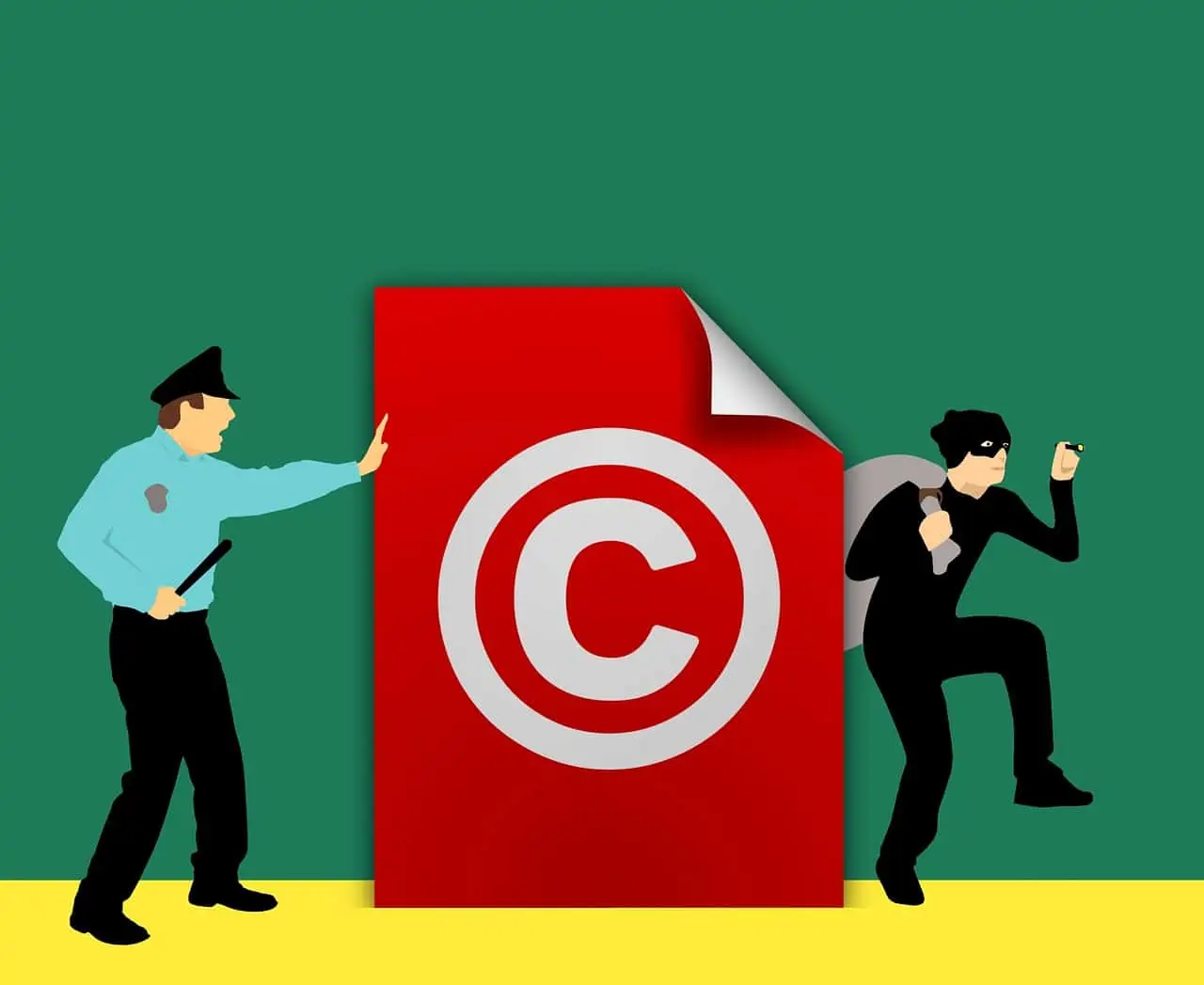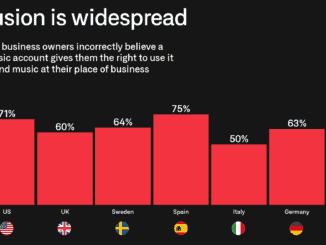
In a blog posting to announce the report, Cedric Manara, Head of Copyright at Google, said that:
‘We invest significantly in the technology, tools and resources that prevent copyright infringement on our platforms. We also work with others across the industry on efforts to combat piracy. These efforts appear to be having an effect: around the world, online piracy has been decreasing, while spending on legitimate content is rising across content categories.’
‘Our 2018 “How Google Fights Piracy” report explains the programs, policies, and technology we put in place to combat piracy online and ensure continued opportunities for creators around the world.’
‘We invest significantly in the technology, tools and resources that prevent copyright infringement on our platforms. We also work with others across the industry on efforts to combat piracy. These efforts appear to be having an effect: around the world, online piracy has been decreasing, while spending on legitimate content is rising across content categories.’
Key findings from ‘How Google Fights Piracy’
$3 billion+: The amount YouTube has paid to rights holders who have monetised use of their content in other videos through Content ID – Google’s rights management tool.
$100 million+: The amount Google has invested in building Content ID, including staffing and computing resources.
$1.8 billion+: The amount YouTube paid to the music industry from October 2017 to September 2018 in advertising revenue.
3 billion+: The number of URLs that were removed from Search for infringing copyright since launching a submission tool for copyright owners and their agents.
10 million+: The number of ads that were disapproved by Google in 2017 that were suspected of copyright infringement or that linked to infringing sites.
Manara goes on to describe how Google uses five principles to guide its work in fighting piracy:
- Create more and better legitimate alternatives that make it easy for users to access legitimate content rather than pirated content.
- Follow the money. Google actively prevents copyright infringers from using its ads and monetization systems.
- Be efficient, effective, and scalable. Google have invested in implementing anti-piracy solutions that work at scale by streamlining the copyright removal process for search results. As a result, these improved procedures allow us to process copyright removal requests for search results at the rate of millions per week.
- Guard against abuse. Some actors will make false copyright infringement claims in order to have content they don’t want online taken down. Google is committed to detecting and rejecting bogus infringement allegations, such as removals for political or competitive reasons.
- Provide transparency. In Google’s Transparency Report, the company discloses the number of requests it receives from copyright owners and governments to remove information from our services.
He continues, ‘Today, our services are generating more revenue for creators and rights holders, connecting more people with the content they love, and doing more to fight back against online piracy than ever before. We’re proud of the progress this report represents. Through continued innovation and partnership, we’re committed to curtailing infringement by bad actors while empowering the creative communities who make many of the things we love about the internet today.’




